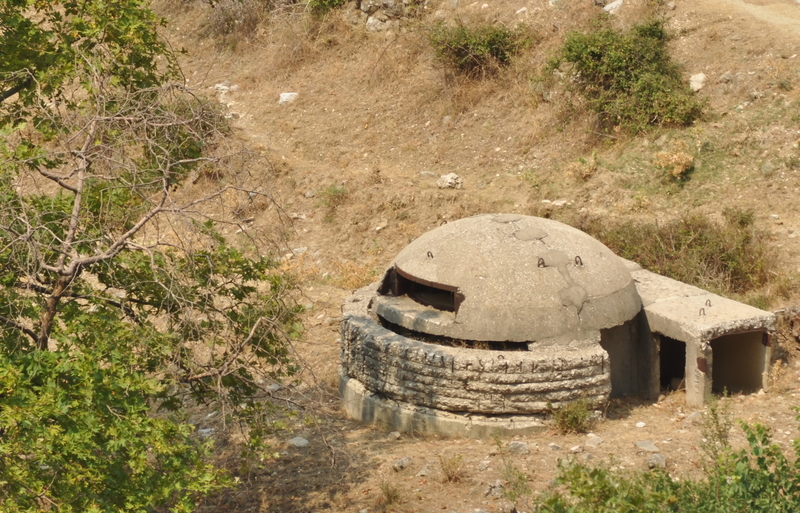As preppers and survivalists, we know how important a bunker can be to our safety. It just might be what helps us live through even some of the worst possible situations. However, when planning and designing a bunker there are so many things you should think about. If you think about and plan for these considerations, staying in a bunker for a long time might just be a little easier.
Some Bunker Designs To Consider Are:
I want to address the issues/considerations faced by the occupants with regard to the Type, Shape and Utility of your surroundings.
Steel shelters are typically 3/16- 1/4 of an inch thick, need to be buried DEEP, in order to provide the proper comparative level of protection against radiation. They are installed with 8-10 feet of earth covering the top and this presents a considerable number of challenges with regard to the costs for excavating, the need to hire a crane and other issues.
A 10 foot Pipe that is 20 feet long will require an 18-20 feet deep hole and provides a gross interior area of 1,570 cubic feet. Keep in mind that the interior surface is curved , and therefore requires a floor to be installed, which reduces headroom.
Comparatively, a 10 foot tall, 10 foot wide and 20 foot long Concrete shelter will only require a 12-13 foot deep hole, provides a gross interior area of 2,000 cubic feet, does not require a floor to be installed, has no loss of headroom anywhere inside the structure and only needs to have 2-3 feet of earth cover overhead.
If the height of the Concrete shelter is decreased to 8 feet the required depth of the hole is reduced to 10-11 feet and the gross interior area is 1,600 cubic feet. This is still more than a 10 foot pipe of the same length while also providing complete use of the space, as the side walls are not coming in toward the center as they do in a pipe.
ICF’s are made of Expanded Polystyrene (EPS) foam blocks that are put together like Leggo’s, a double row of rebar is installed as the foam blocks are connected and when the walls are completed, concrete is pumped into them.
Of biggest concern with these systems is the fact that the Polystyrene contains toxic chemicals. Not only because they are made of petroleum-based foamed plastics, but also because they contain fire-retardant chemicals that are also toxic. Among these chemicals is HBCD (Hexabromocyclododecane). Since August 2010 Hexabromocyclododecanes are included in the EPA‘s List of Chemicals of Concern.
Additionally, EPS is labeled a flammable material and MUST be covered with a non-flammable material such as fire rated sheetrock or masonry to limit surface exposure to possible ignition sources. This covering also reduces exposure to the off-gassing of other chemicals considered to be toxic that occurs without exposure to fire. When it burns, EPS produces heavy, acrid and toxic smoke.
As you can see, there are many things to think about before designing a bunker. Steel shelters can be costly and require special equipment. They also do not provide much room meaning that they would be uncomfortable to live in. A concrete shelter, on the other hand, allows for much more room. Toxic exposure from the materials used also has to be taken into consideration. Finally, making sure the shelter is fire-proof is extremely important especially if you are in a bunker that may not allow you to escape easily. When deciding which type of bunker you want, thinking about these designs and considerations just might help you have the best bunker possible for your survival.
To find out more about things to consider when thinking about the best bunker design, you can visit:

I’d like to know if there’s a type of bunker that can resist heavy explosions/explosives, radiation, outlast the elements, weather out severe storms, enough space for supplies and family, and easily defendable
Bunker Bill.